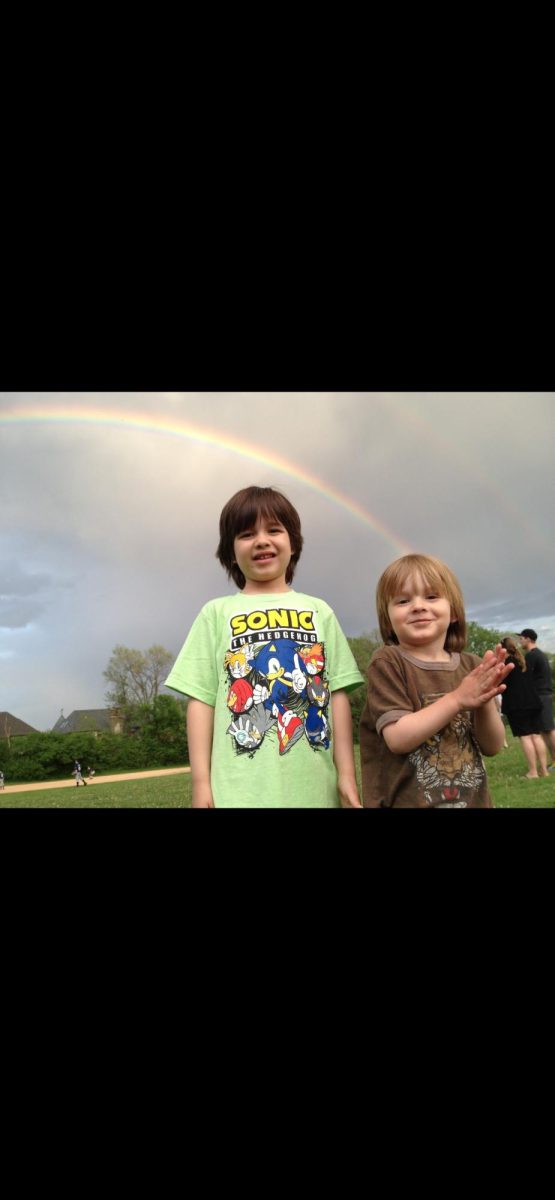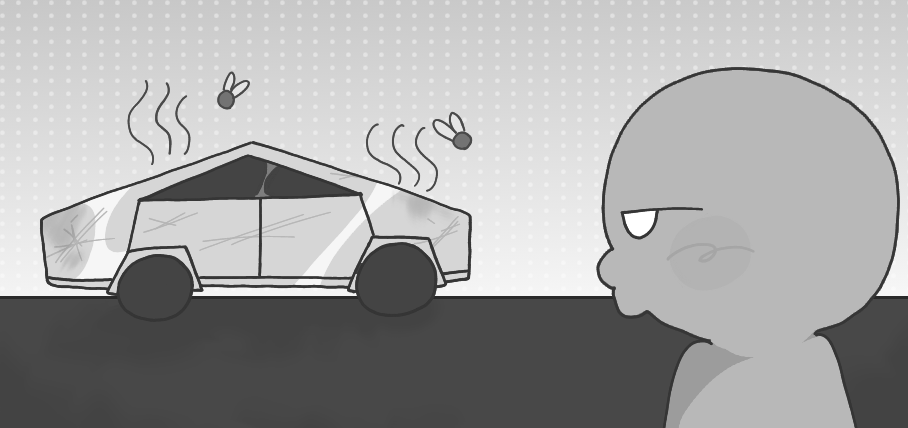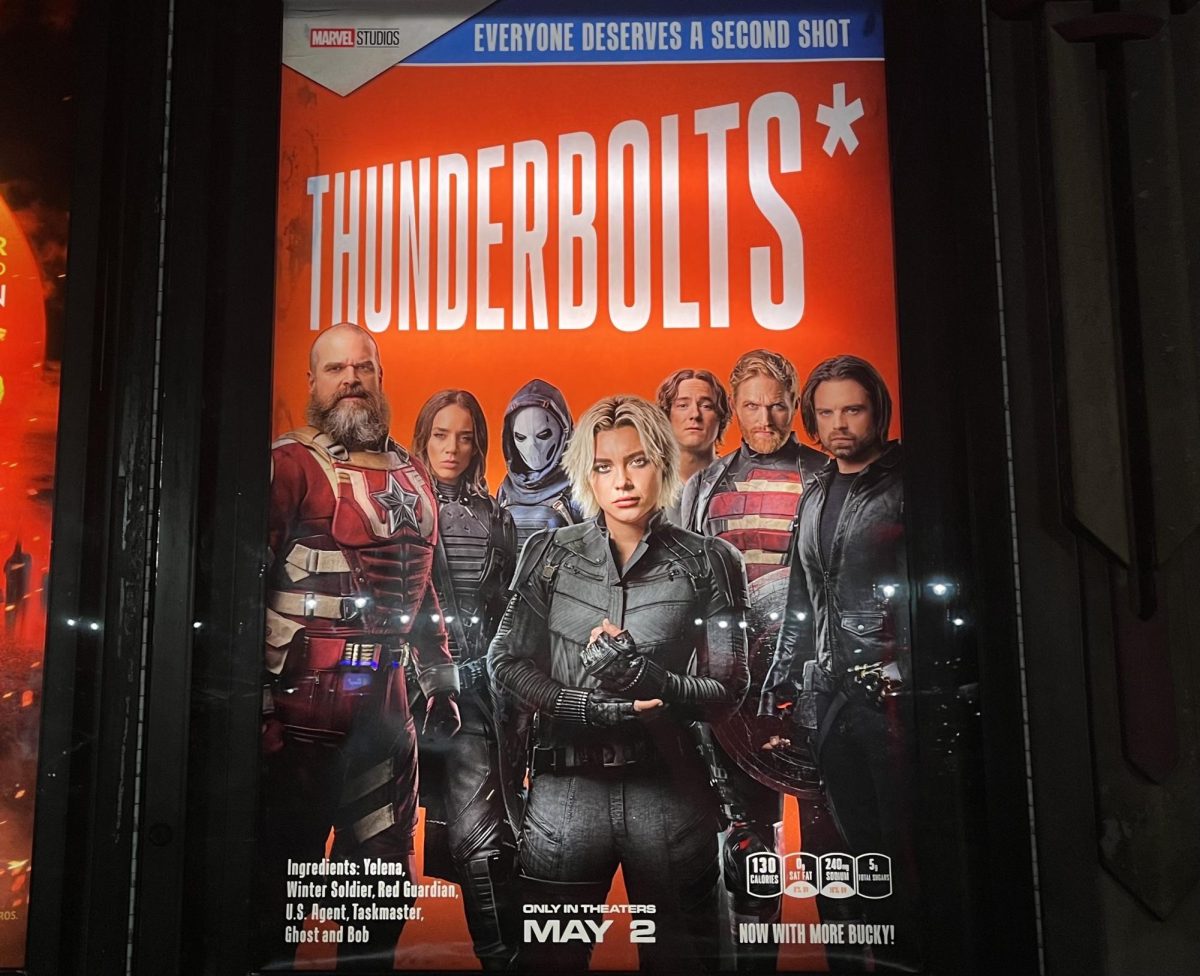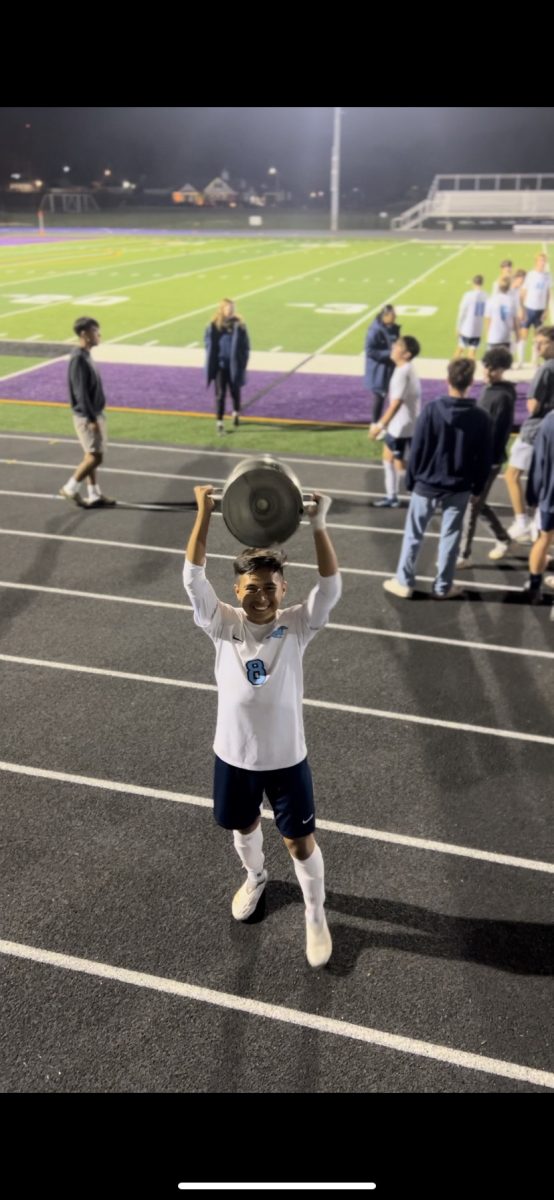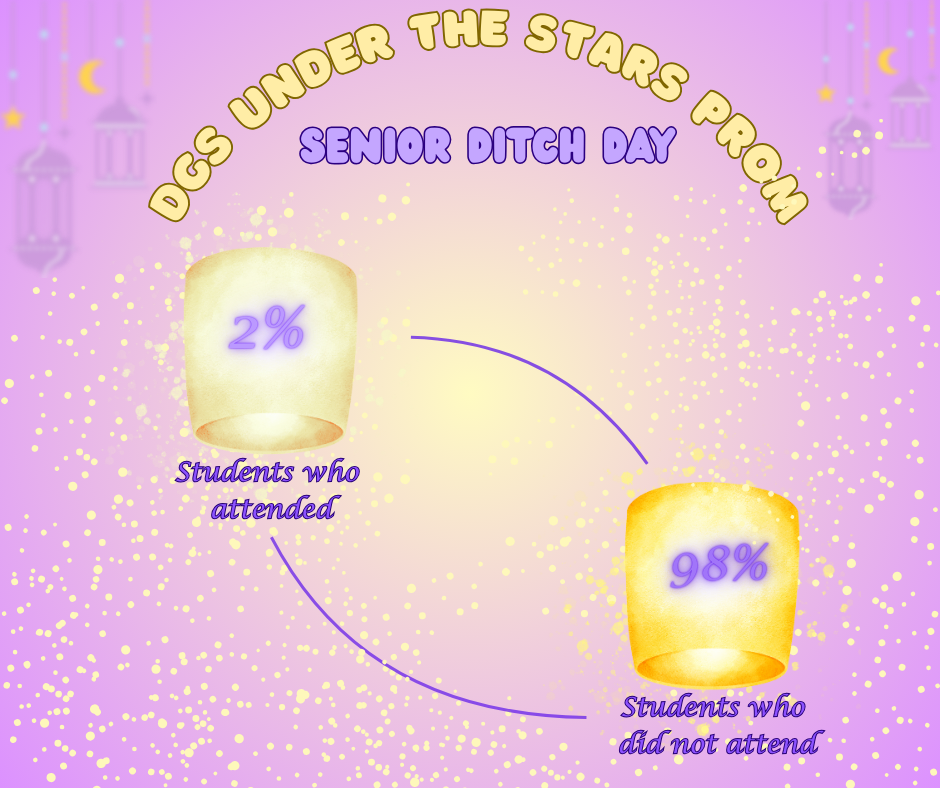As the lights dim in the DGS field house, couples and groups of friends pair up as the awkward but quintessential slow music washes over the crowd. For a good three minutes, you are either falling into high school love with your hallway crush or gossiping with friends about how unnecessary and awkward the song is. All that aside, a slow dance is crucial at a high school function according to all early 2000s movies. But has that come to an end– are we experiencing the death of the slow dance?
Homecoming, winter formal and prom are staples in a student’s high school career, but as society grows and changes, old non-negotiable traditions are failing to exist in students’ minds. Former DGS student, now turned social studies teacher Lizbeth Lopez explains that these dances aren’t based on a singular moment, but rather just having fun with your friends.
“I think [with] this new generation, they’re very focused on group settings and friends. I think it is important that you guys try to be as inclusive as you can of everybody. The majority of people go with their friends and it’s supposed to be a safe and fun setting. Now I’m not saying to have a ton of slow dances, but I think if students want one they should be added” said Lopez.
Movies don’t often depict the most accurate high school experience, especially when it comes to relationships and school events. A school dance is a time for students to get dressed up and feel their best to have a great time with friends, however; school dances vary on occasion, causing a shift in the overall vibe of the night based on what type of dance you’re at.
Student Activities Director Jennifer Martinez oversees such events as prom and homecoming, and explains what separates these dances from each other.
“[Prom] is different from homecoming, and the fact that, first of all, it’s only one class, so it; ‘s smaller and more intimate. Everyone is dressed up to the nines and comes very elegantly. Prom is to the next level, everyone is really friends, and there is still the concert style like homecoming, but still more dancing with each other” said Martinez.
Society has grown to a place where the focus on respect and boundaries is bigger than ever. In an environment such as a school dance, quarters are close, and even without a slow dance students are gathered together bouncing to the beat of the music. A slow dance though, could also be interpreted as an intimate moment between two people.
School dances have evolved just like anything in society. While prom has maintained its reputation for a more elegant evening with food and friends, homecoming has taken on a new feel. With a field house decked out in strobe lights and a stage for a DJ, homecoming has evolved into a concert-like experience not leaving room for the slow dance or any dance for that matter.
A slow dance doesn’t just exist in the world of high school dances though. Events such as black tie parties and weddings are known to gather everyone onto the dance floor and share a moment.
That being said, many of the society’s younger members haven’t been able to attend events such as black tie parties or events. Junior Alice Moriarty recounts never participating in a slow dance due to a lack of exposure to the art.
“I have never slow danced. I think the reason I missed out on this opportunity is because my middle school, Lakeview Jr High School, did not have a partner dance unit” said Moriarty.
COVID-19 will forever impact the generations involved even if it is talked about in every situation. With a situation such as the slow dance, events could no longer host an environment in which a slow dance would be appropriate due to the fear surrounding the illness. Not only that but the younger portion of Generation Z hasn’t experienced events like weddings and parties because such things were canceled or reduced due to COVID restrictions.
The lack of exposure to the slow dance begs the question of whether society is growing out of the slow dance.
“I think with this new generation they’re very focused on group settings, and I think it’s important that we try to be as inclusive as you can of everybody. I think if students want slow dances, then I don’t see that as a bad thing because like I said the majority of people go with friends, so they’re in a safe setting” said Lopez.
Slow dances are notoriously intimate and a moment of emotional connection, but that can be viewed differently through the different generations of society. With generations like Millennials and Generation X, they have been more exposed to the culture of the slow dance whether they experienced it at their high school dances or later in life at weddings and other parties. However, for Generation Z, that lack of exposure evokes a different feeling when presented with the opportunity to slow dance.
“I think overall it creates a more awkward environment for the majority of students. Those who don’t necessarily have a partner to dance with will be left in an awkward position of having to put their good times on pause. Also, those who are in a relationship might feel pressured to dance when they might not want to or might feel judged by those around them” said Moriarty.
Harvard Medical School reports that dance reduces stress and increases levels of serotonin, but dance isn’t one-sided and that shows in its evolution. While the slow dance has become less prominent in the high school setting, homecoming and prom at DGS still remain a high-energy and exciting night.




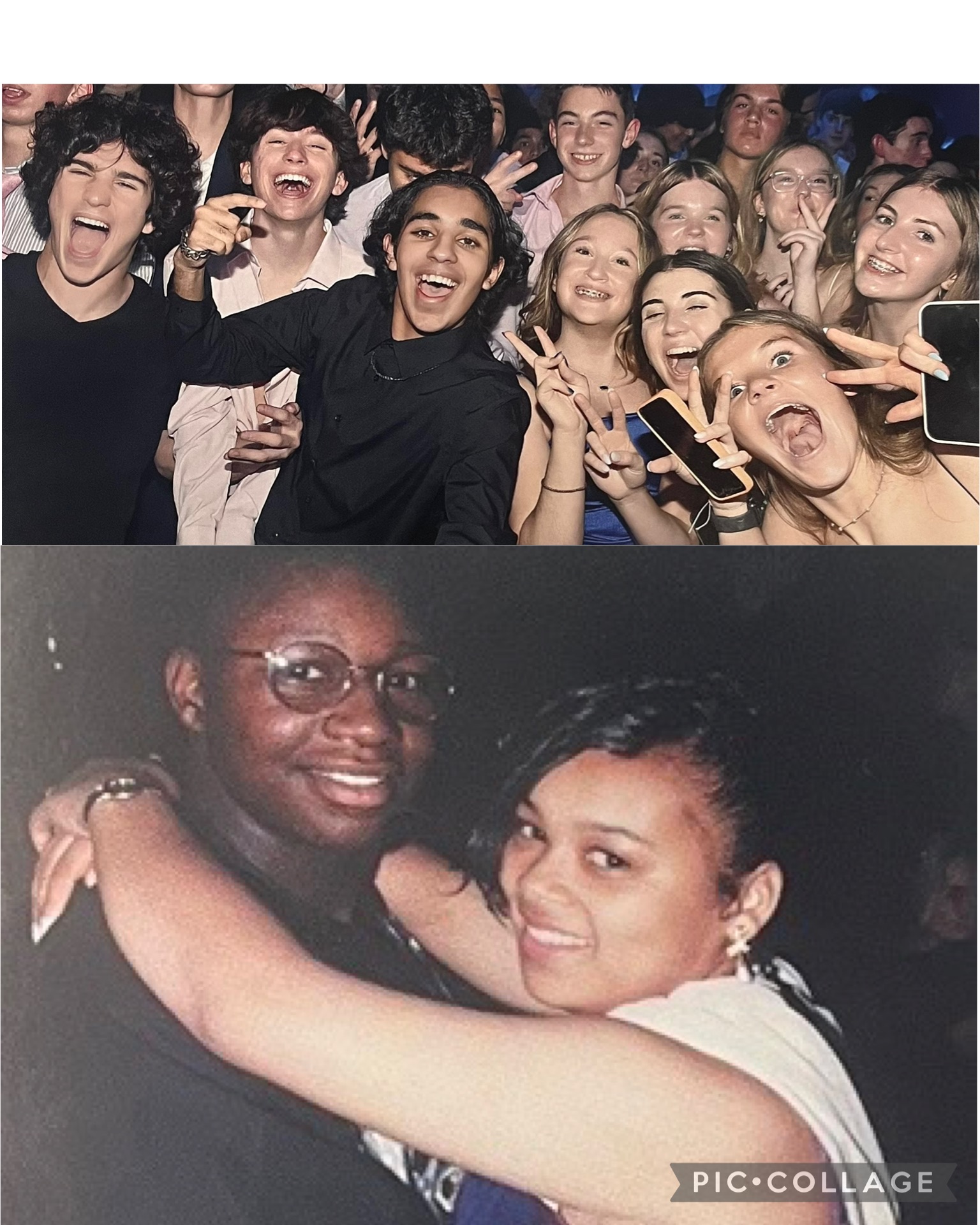
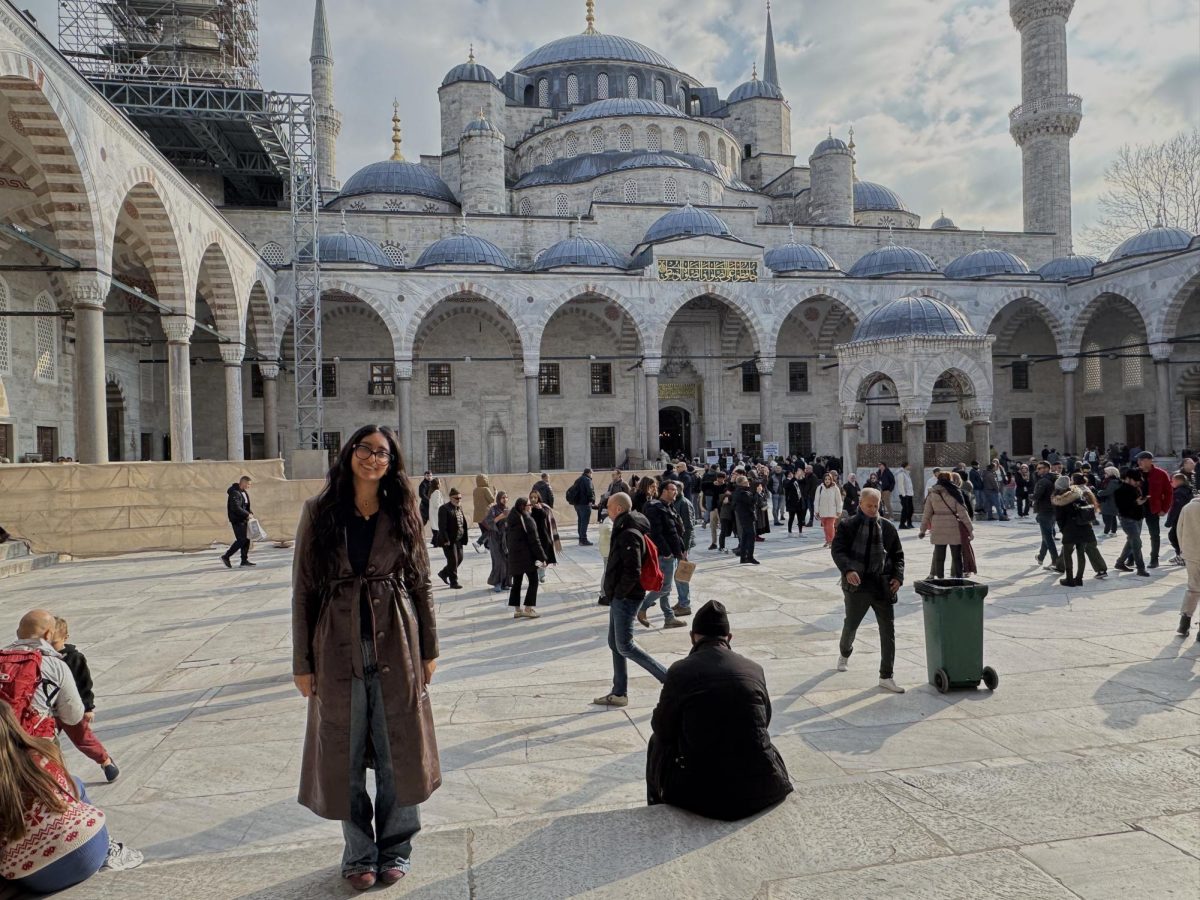
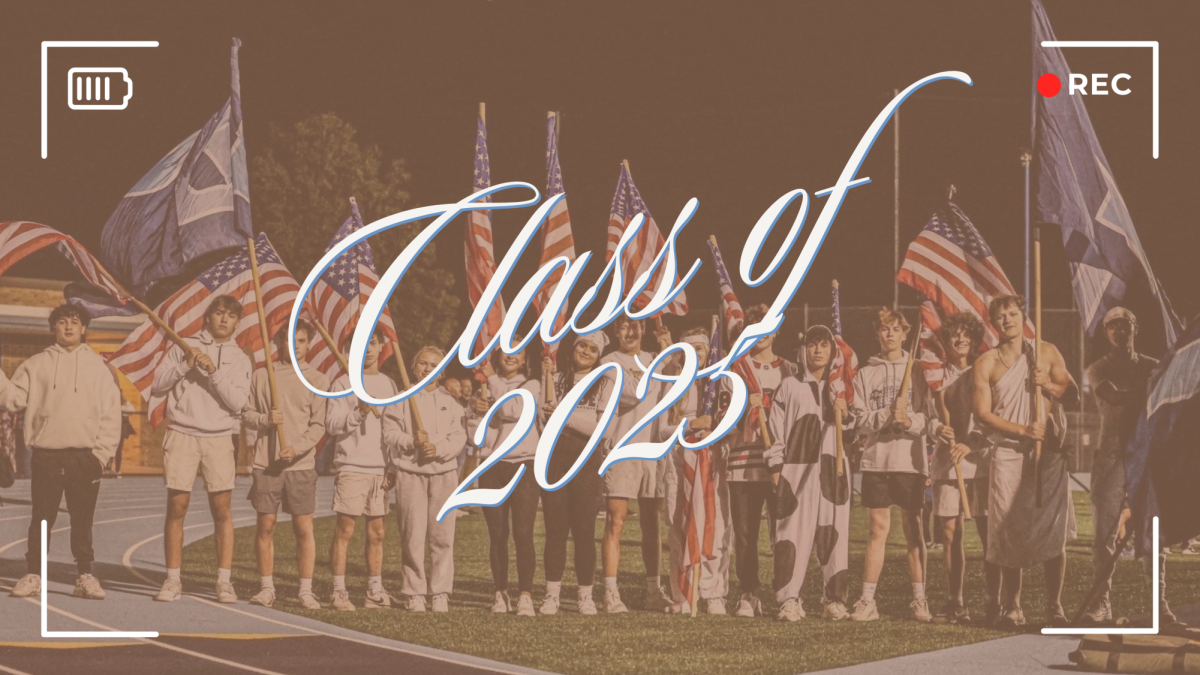
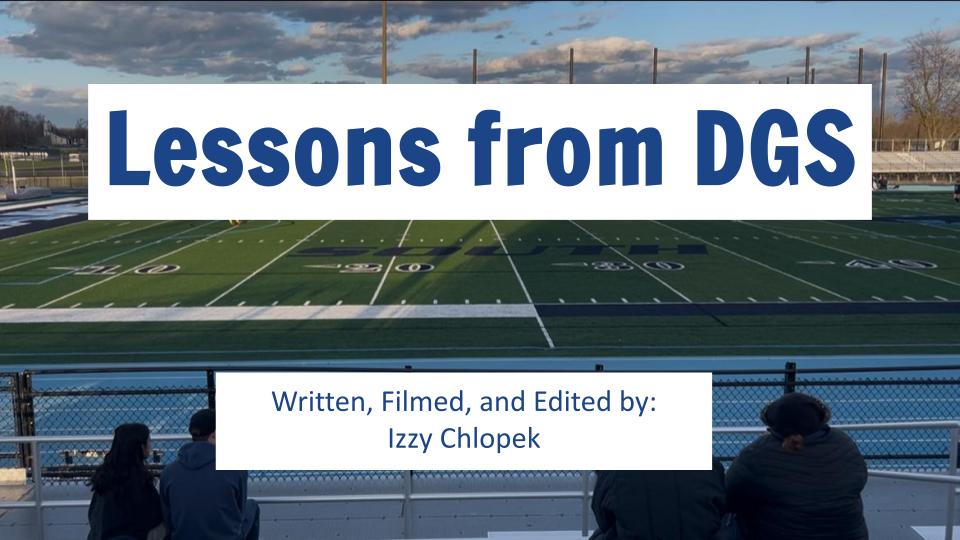
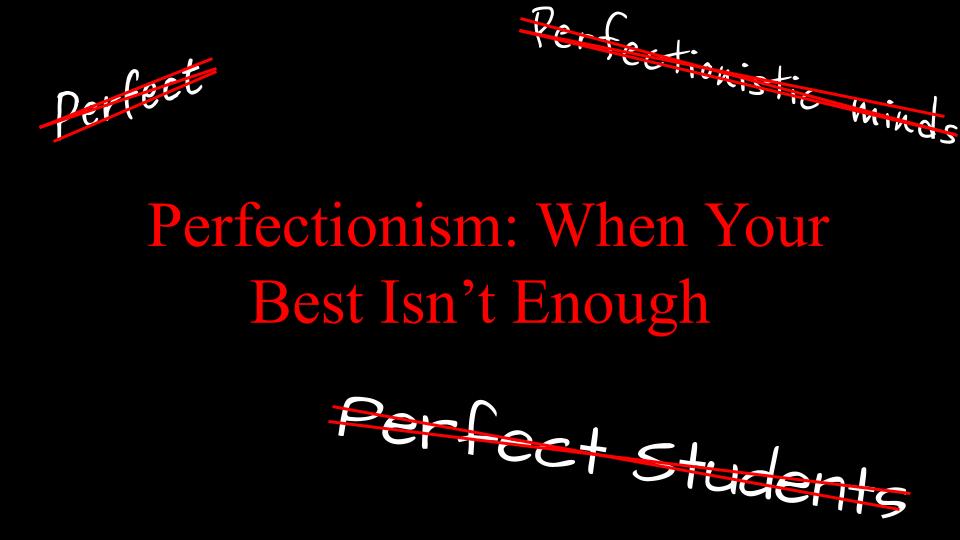
![In this documentary, you will learn how violins are made. All music is in the public domain:
Music Produced by Deutsche Grammophon, Medici TV, Heifetz Institute, and Queen Elisabeth competition
Paganini, Caprice No. 24 [Song recorded by Jasha Heifetz]. Heifetz Institute. (Original work published 1817)
Paganini, Caprice No. 24 [Song recorded by Jasha Heifetz]. Heifetz Institute. (Original work published 1817)
Bartok, Sonata No.1 for Solo Violin [Song recorded by Kevin Zhu]. Queen Elizabeth Competition. (Original work published 1944)
Paganini, Violin Concerto no. 1 [Song recorded by Philippe Hirshhorn]. Queen Elizabeth Competition. (Original work published 1819-1825)](https://southblueprint.com/wp-content/uploads/2025/05/Screenshot-2025-05-07-122429-1200x668.png)
